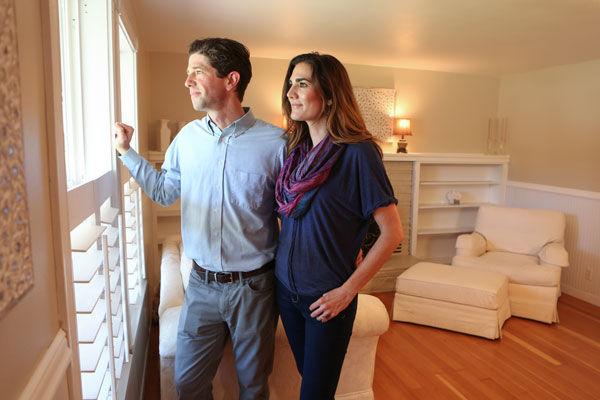
America’s dream of homeownership is alive and strong. However, the demographic of homebuyers and what they are seeking is changing. In assisting sellers to procure the highest price and best terms for them, as a Realtor I must recognize who the likely buyer will be of their home; who will be the best match; and therefore who will be willing to pay the highest price for the home. My goal as a Realtor is to tailor marketing efforts to those buyers for the benefit of sellers.
Who is a Typical Homebuyer?
So, who is buying? Nationally, first-time buyers made up 32 percent of all homebuyers, down from 33 percent last year. According to the National Association of Realtors 2016 Homebuyer and Seller Survey, the percentage of first-time buyers has been on the decline for the past couple of years. The decline could be attributed to the fact that many would-be first-time buyers are single men and women, and homes are no longer affordable for single income households. Others attribute the decline of first-time buyers to the millennials’ disinterest in laying down roots and losing their flexibility, a high priority for maintaining their agile lifestyle.
The typical buyer is 44 years old, seventy-seven percent are married couples and seven percent are unmarried couples. 15 percent are single females and nine percent are single males. This data supports the reality that it is taking longer to accumulate the resources to buy a home. A second income is also often required in order to afford purchasing a home.
Would a Newly Constructed Home Fit Your Needs?
Buyers of new homes made up 15 percent of all buyers. 35 percent of those new homebuyers were looking to avoid renovations and problems with plumbing or electricity. 32 percent of previously owned homebuyers most often considered a better price as reason to buy “used” homes. New construction is seldom the cheapest housing alternative. However, buyers of new homes have the ability to use every square foot built, wisely wrapping their floor plan around their lifestyle. These buyers are not buying wasted space (i.e., formal front rooms) that will be underutilized during their ownership.
A significant trend on the increase is the 13 percent of homebuyers who purchased homes for multi-generational use in order to take care of aging parents, for cost savings and sharing expenses, and because children older than 18 are moving back home. Historically, this trend did not hit the radar of pollsters. These significant shifts in the make-up of the household will increase demand for homes with separation of space. Many of the older homes with four or more bedrooms can be modified to offer separated living spaces with a creative eye in order to meet this buyer pool.
